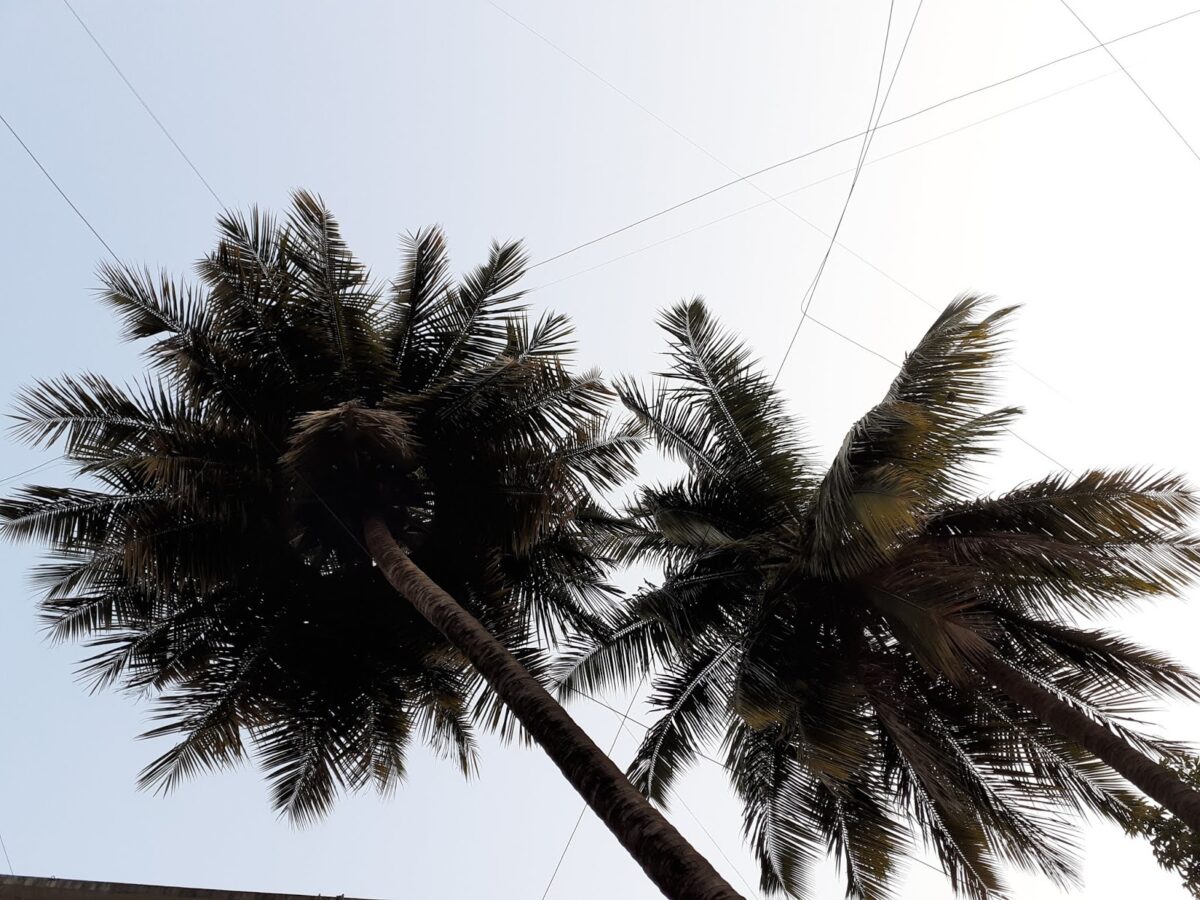
This a recurring topic with new Moms and their newborns. And the grandmas as well.
I stayed up every time our baby woke at night initially as we were not confident of handling and changing the infant and then just for solidarity with my daughter. Take care of the soiled diapers and so on.
Its a rule for new Moms to sleep when Baby sleeps. Not for Grandmoms especially if she like decides to stay awake at night —- then she (I) ends up dozing during the day. This can be pretty embarrassing or downright dangerous if driving.
Night is also the time when Colic strikes and it is an unnerving experience for everyone. It is said that burping the baby after feeds is the best way to avoid Colicy pain. The hospital Nurses were a good guide for daughter and me to learn the firm touch vital to manoeuvre the tiny tot into different positions to encourage the burp.
While its considered bad manners for an adult to burp, that’s the best sound you want to hear from an infant!!
What has been your experience? I am sure my thoughts may cause a deja vu to some of you especially someone who has hosted a new born. I would love to hear from you!
See you tomorrow folks!
Here are links to my previous AtoZ attempts.
2013 Mixed Bag
2014 Exercising For Fitness
2015 Gardens of Pune
2016 Herbs
2018 Contemporary A to Z
2019 Caring for the Caregiver























